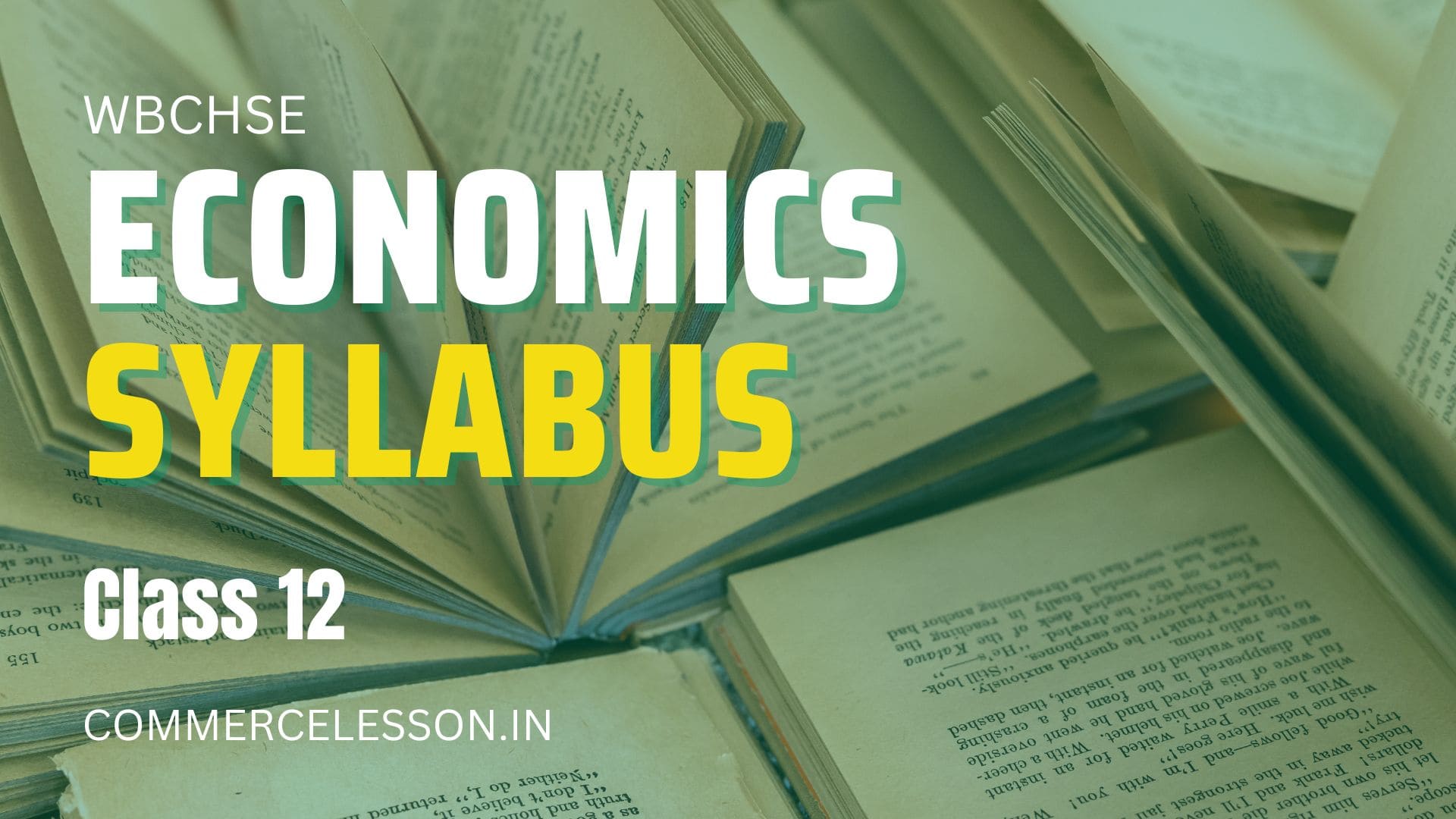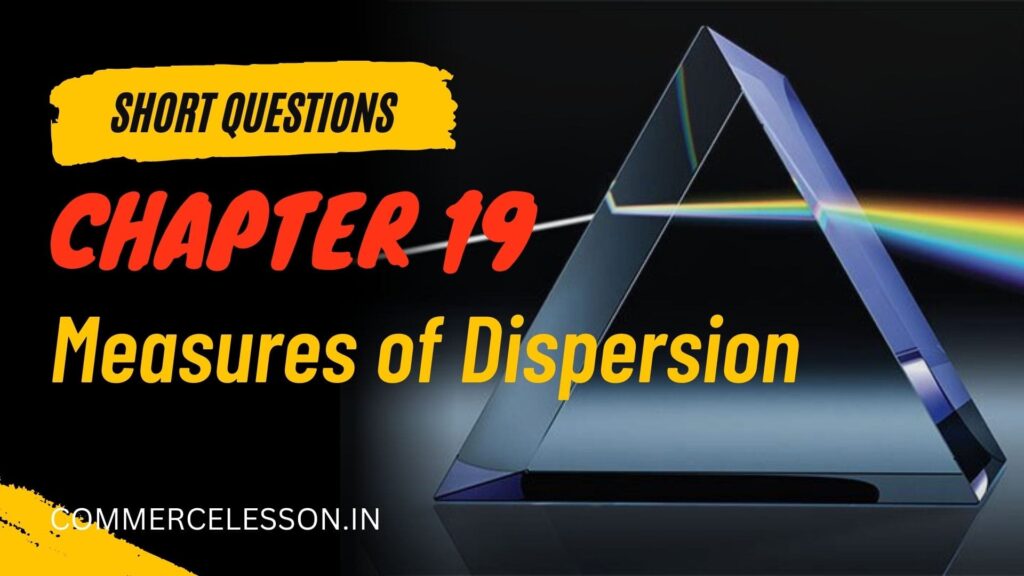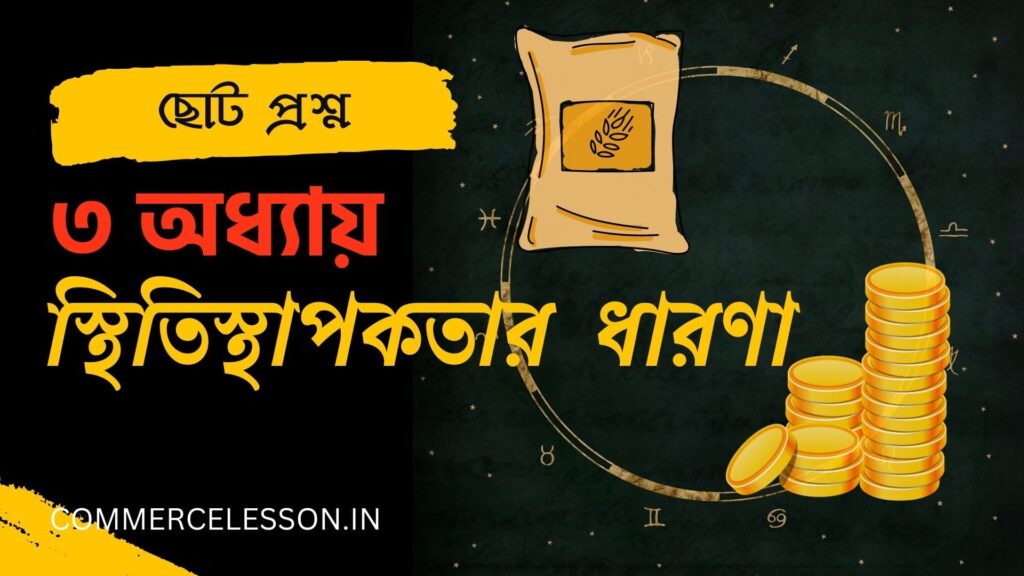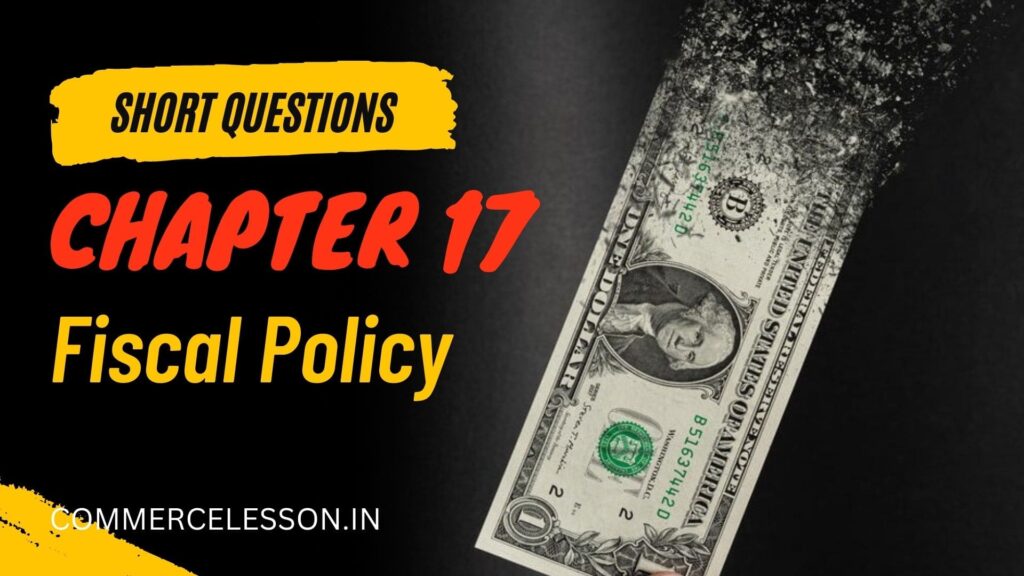ECONOMICS
SYLLABUS
GROUP – A : ECONOMIC THEORY
Section 1 : MICROECONOMICS
Chapter 1 : Some Mathematical Concepts (কয়েকটি গাণিতিক ধারণা)
Concepts of Function, Curves, Straight line, Slopes (non-evaluative part).
Chapter 2 : Demand (চাহিদা)
Demand – Factors determining demand – Demand Function – Demand Schedule – Law of Demand – Individual Demand – Market Demand – Demand Curve – Change in Demand and Change in Quantity Demanded – Utility – Marginal Utility – Law of diminishing marginal utility – Law of demand – Explanation to the Law of demand – Income Effect – Substitution Effect – Exceptions to law of Demand – Inferior Goods – Giffen Goods – Consumer Surplus.
Chapter 3 : Concept of Elasticity (স্থিতিস্থাপকতার ধারণা)
Concept of Elasticity – Elasticity of Demand – Price, Income, Cross – Factors affecting Elasticity of Demand – Measurement of Elasticity of Demand – Arc, Point – Unitary, Elastic, Inelastic, Perfectly elastic, Completely Inelastic Demand Curves – Implications of Elasticity.
Chapter 4 : Theory of Production (উৎপাদন তত্ত্ব)
Production Function – Short Run – Long Run – Law of variable proportions – Returns to Scale – Economies, Diseconomies – Shapes of Average Product, Total Product and Marginal Product curves – Relationships among those.
Chapter 5 : Cost of Production (উৎপাদন ব্যয়)
Cost of Production – Long Run – Short Run – Cost Curves – Relationships among AC, AVC, MC, AFC, TC, TVC, TFC – Interrelationship between Short Run Production and Short Run Cost – Relationship between Short run and Long run costs – Derivation of Long Run Cost Curves from Short Run Cost Curves.
Chapter 6 : Revenue (রেভিনিউ)
Revenue – Total – Average – Marginal – Relationships among them – Relationship between AR, MR and E – Revenue Under Variable Price and Fixed Price Situation.
Chapter 7 : Profit Maximization (মুনাফা সর্বাধিককরণ)
Profit Maximization – Producers equilibrium – Shut down condition.
Chapter 8 : Supply (জোগান)
Supply – Supply Function – Determinants of Supply – Law of supply – Individual Supply Curve – Market Supply Curve – Elasticity of Supply – Change in Supply and Change in quantity supplied – Supply curve of an individual Firm in case of Fixed Price Situation.
Chapter 9 : Different types of market (বাজারের বিভিন্ন প্রকার)
Different types of market – Perfect competition, monopoly, monopolistic competition, oligopoly, duopoly, price discrimination, bilateral monopoly, and monophony.
Chapter 10 : Market Equilibrium under Perfect Competition (পূর্ণ প্রতিযোগিতামূলক বাজারে ভারসাম্য)
Characteristics of Perfect Competition – Firm as a Price taker – Conformity with Fixed Price Situation – Price Dtermination – Interaction between Market Demand and Market Supply – Equilibrium of a Firm – Short Run – Shut down Point – Supply Curve – Supply Curve of Industry – Long Run equilibrium – Normal Profit.
Chapter 11 : Equilibrium under Monopoly (একচেটিয়া বাজারে ভারসাম্য)
Chapter 12 : Cost Determined Pricing (ব্যয় দ্বারা দাম নির্ধারণ)
Mark Up-Arbitrage
Chapter 13 : Pricing of the Factor Market (উৎপাদনের বাজারে দাম নির্ধারণ)
Factor Market- Land market – Rent – Ricৎপাদনের Theory – Modern Theory – Labour – Labour Demand Curve – Labour Supply Curve – Marginal Productivity Theory of Distribution – Capital – Liquidity Preference theory of interest.
Section 2 : MACROECONOMICS
Chapter 14 : National Income and Related Aggregates (জাতীয় আয় এবং সম্পর্কিত সমষ্টিসমূহ)
Circular Flow of Income – Calculation of National Income – Value Added or product method, Expenditure method – Income method.
Chapter 15 : Determination of Income and Employment (আয় নির্ধারণ ও উৎপাদনে নিয়োগ)
Keynesian Approach – Aggregate Demand and its Components – Consumption and Consumption Function – Propensity to consume – Savings and Savings Function – Propensity to save – Equilibrium level of Income – Investment Multiplier.
Concept of Full Employment – Problem of deficient demand – Excess demand – Inflation – Demand Pull – Cost Push.
Chapter 16 : Money and Banking (অর্থ ও ব্যাংক ব্যবস্থা)
Functions of Commercial Banks – Creation of Money or Credit or Deposit by Commercial Bank – Credit/Deposit/Money Multiplier
Functions of Central bank – Credit Control Tools and Methods of Credit Control.
Chapter 17 : Fiscal Policy (রাজকোশ নীতি)
Expansionary Fiscal Policy – Governmeent Expenditure Multiplier
Deficit Financing.
Recesssion – Fiscal policy to Correct Recession.
Inflation – Fiscal Policy to Correct Inflationary Pressure.
Chapter 18 : International Trade and Balance of Payments (আন্তর্জাতিক বাণিজ্য ও লেনদেন উদ্বৃত্ত হিসাব)
Balance of Trade – Surplus – Deficit – Balance of Payments – Current Account – Capital Account – Unilateral Transfer – Deficit BOP – Method to Correct Imbalance in BOP – Foreign Exchange Rate – Flexible Exchange Rate – Floating Exchange Rate – Managed Floating exchange rates.
GROUP – B : INDIAN ECONOMY INCLUDING STATISTICAL TOOLS
Section 1 : STATISTICAL TOOLS
Chapter 19 : Measures of Dispersion (বিস্তৃতির পরিমাপক)
Measures of dispersion – Range – Standard Deviation – Lorenz Curve – Gini Coefficient.
Section 2 : INDIAN ECONOMY WITH SPECIAL REFERENCE TO WEST BENGAL (Poverty, Inequality, Unemployment and Financial Sector)
Chapter 20 : Poverty, Inequality and Unemployment in India (দারিদ্র্য, বৈষম্য ও বেকারি)
Poverty, Inequality and Unemployment in Indian Economy – Measures and Extent of Inequality – Policies regarding inequality – Different Measures of Poverty – Poverty situation in India and West Bengal – Government efforts to combat Poverty – Prevailing Unemployment Situation in India and East Bengal – Different Unemployment reducting Programme – Impact of Economic Reforms.
Chapter 21 : Economic Reforms on Banking, Insurance and International Trade (ব্যাংকিং ব্যবস্থা, বিমা ও আন্তর্জাতিক বাণিজ্যে অর্থনৈতিক সংস্কার)
Impact of Economic Reforms on Banking, Insurance and International Trade – Banking Sector reforms – Private Initiatives in Insurance and Insurance Regulatory and Development Authority – GATT, WTO, TRIPS and TRIMS – Trade Liberalisation in India.
PROJECT : 20 Marks
There may be 2 types of Projects, one based on Field Works and other based on Secondary Data.
Some suggested Field Works are :
1. Survey on Unemployment Situation in a Locality.
2. Survey of Poor People to understand the Impact of Poverty.
3. Survey of Households to Assess the Impact of Private Banks/ Public Sector Banks.
Suggested Projects on the basis of Secondary data are :
1. Unemployment Situation on the basis of NSSO Data.
2. Expansion of Banking Sector on the basis of RBI Data.
3. Export Import on the basis of Foreign Trade Data.
MARKS DISTRIBUTION
| Chapter | MCQ (1 Mark) | SAQ (1 Mark) | SAQ (2 Marks) | DAQ (5 Marks) | Total |
| 1 | – | – | – | – | – |
| 2 | – | – | 2 X 1 = 2 | – | 2 |
| 3 | – | – | 2 X 1 = 2 | – | 2 |
| 4 | – | – | – | 5 X 1 = 5 | 5 |
| 5 | 1 X 1 = 1 | – | 2 X 1 = 2 | – | 3 |
| 6 | – | – | 2 X 1 = 2 | – | 2 |
| 7 | 1 X 1 = 1 | – | – | – | 1 |
| 8 | 1 X 1 = 1 | 1 X 1 = 1 | – | – | 2 |
| 9 | – | 1 X 1 = 1 | – | – | 1 |
| 10 | – | – | – | 5 X 1 = 5 | 5 |
| 11 | 1 X 1 = 1 | 1 X 1 = 1 | – | – | 2 |
| 12 | – | 1 X 1 = 1 | – | – | 1 |
| 13 | – | – | – | 5 X 1 = 5 | 5 |
| 14 | – | – | – | 5 X 1 = 5 | 5 |
| 15 | 1 X 1 = 1 | – | – | – | 1 |
| 16 | – | – | – | 5 X 1 = 5 | 5 |
| 17 | 1 X 1 = 1 | – | 2 X 1 = 2 | – | 3 |
| 18 | – | – | – | 5 X 1 = 5 | 5 |
| 19 | 1 X 1 = 1 | 1 X 2 = 2 | 2 X 1 = 2 | 5 X 1 = 5 | 10 |
| 20 | 1 X 2 = 2 | 1 X 2 = 2 | 2 X 1 = 2 | 5 X 1 = 5 | 11 |
| 21 | 1 X 1 = 1 | 1 X 2 = 2 | 2 X 3 = 6 | – | 9 |
| Total | 1 X 10 = 10 | 1 X 10 = 10 | 2 X 10 = 20 | 5 X 8 = 40 | 80 |
WBCHSE Question Papers (English Version)
WBCHSE Question Papers (Bengali Version)
Liked our post?
We are available with lots and lots of commerce-related content.





The questions of previous year is not opening.Please do necessary.
Sir, Your previous year questions paper is not open. Please do something